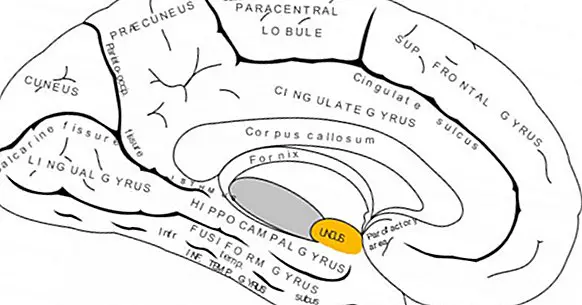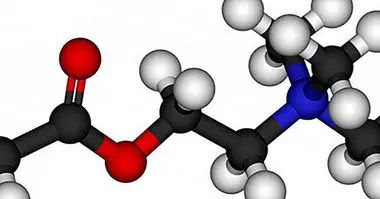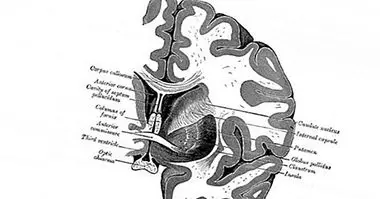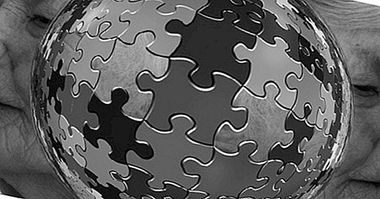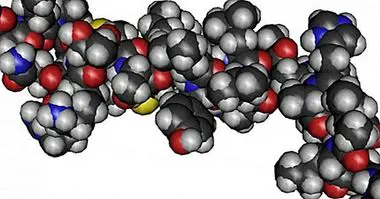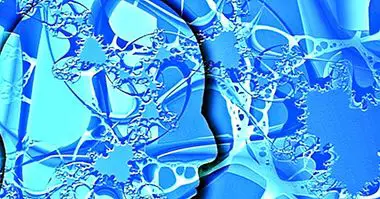Uncus: structure and functions of this part of the brain
The brain is, as we already know, one of the most important organs for our survival. The main organ of the nervous system governs and modulates the functioning of the rest of the body systems.
But it is not a simple uniform mass of neuronal tissue, but it consists of different structures that can be divided into different parts, the most superior and external being the cerebral cortex. One of the structures that are part of the cerebral cortex is the uncus , which is also linked to the limbic system. We will discuss this structure of the nervous system in this article.
- Related article: "Parts of the human brain (and functions)"
Uncus: definition and location of this structure
If we look at the cerebral cortex we can see a lot of small convolutions and grooves, which allows the whole cortex to be in a space as compressed as the inside of the skull. One of these convolutions is the hippocampal turn, at the end of which we can find the uncus.
The uncus is therefore one end of the para-hippocampal gyrus or hippocampal turn, being part of the cortex of the temporal lobe of the encephalon (specifically of the paleocortex). Although it is part of said bark, it can not be observed with the naked eye, since it is largely inserted inside the brain.
This hook-shaped structure (the shape is what gives it the name) also part of the limbic system , connecting with the hippocampus (some authors even consider it part of the hippocampal formation) in the head of this organ and with the amygdala (which is fused in part with this structure).
Functions associated with the uncus
This structure plays an important role when it comes to carry out different cognitive processes . The uncus participates and would be especially associated with functions related to the limbic system and smell.
1. Participation in memory
One of its main functions is to participate in the codification of working memory and to contribute to its consolidation. It has also been observed that it contributes to record the new information in the form of memories , being involved in the antegrade memory.
- Related article: "Types of memory: how memory stores the human brain?"
2. Autonoetic awareness
It is speculated that the uncus and its nervous connections have a high level of relationship with the autonoética consciousness, that is to say through which we construct the history of our life situating ourselves in them.
3. Processing olfactory information
Another of its functions is linked to the olfactory system, processing its information and transmitting its information. Hyperstimulation of the uncus can generate causes the existence of olfactory hallucinations. It is also responsible for the emergence of strange olfactory sensations before or during an epileptic seizure.
4. Space navigation
Finally, it is also related to navigation in space, contributing to the formation of brain maps and the ability to orient oneself.
5. Mood and anxiety
The fact that it is connected to the limbic system causes the uncus to be related to the regulation of mood and anxiety, there may be alterations linked to these elements if it looks damaged.
- Maybe you're interested: "Emotional psychology: main theories of emotion"
Alterations and injuries in the uncus
Although not very known by the majority of the population, the uncus in a part of our organism of great importance whose injury or alteration can generate various symptoms and harmful effects.
The effects of a direct injury to the uncus can cause serious problems when orienting and maintaining anterograde memory (that is, the ability to record new declarative information in our memory). In addition to it being part of the paleocortex and receiving olfactory information an injury in this area can also generate partial or total loss of smell and smell.
The uncus can become herniated in such a way that it can pinch and compress the third cranial nerve (the oculomotor nerve), the cerebral aqueduct, the posterior cerebral artery, and / or the third cranial nerve. This would produce various effects of varying severity.
One of the possible consequences is the generation of a cerebral stroke in the event that the posterior cerebral artery is compressed, which could cause hypofunction or even death of part of the brain . The understanding of the cranial nerve can generate mydriasis in the same hemisphere in which the injury or hernia exists, one of its symptoms being more evident at a physical level.
However, if what is compressed is the mesencephalon, there may be losses or alterations of consciousness, hemiparesis and we could even be in the presence of an injury with the potential to cause the brain death of the affected subject.
Relationship with several mental disorders
Some symptoms have been related to various neurological mental disorders to the alteration of the uncus . It has been linked to alterations of anxiety and mood, to schizophrenia, to various types of brain injuries and intoxications or even a possible alteration in this area has been investigated in psychopathic subjects.
- Related article: "The 15 most frequent neurological disorders"
Bibliographic references:
- Craig, M.C .; Catani, C .; Deeley, Q .; Latham, R .; Daly, E .; Kanaan, R .; Picchioni, M .; McGuire, P.K .; Fahy, T. & Murphy, D.G.M (2009). "Altered connections on the road to psychopathy". Molecular Psychiatry. 14 (10): 946-53, 907.
- Kandel, E.R .; Schwartz, J.H .; Jessell, T.M. (2001). Principles of Neuroscience. Madrid: MacGrawHill.
- Madrigal, E. and Hernández, C. (2017). Generalities of Brain Skull Trauma in Legal Medicine. Bibliographic review. Legal Medicine of Costa Rica 34 (1). Costa Rica.
- Redolar, D .; Moreno, A .; Robles, N .; Soriano, C .; Torras, M .; Vale, A.M. (2010). Fundamentals of psychobiology. Editorial UOC. Barcelona.

